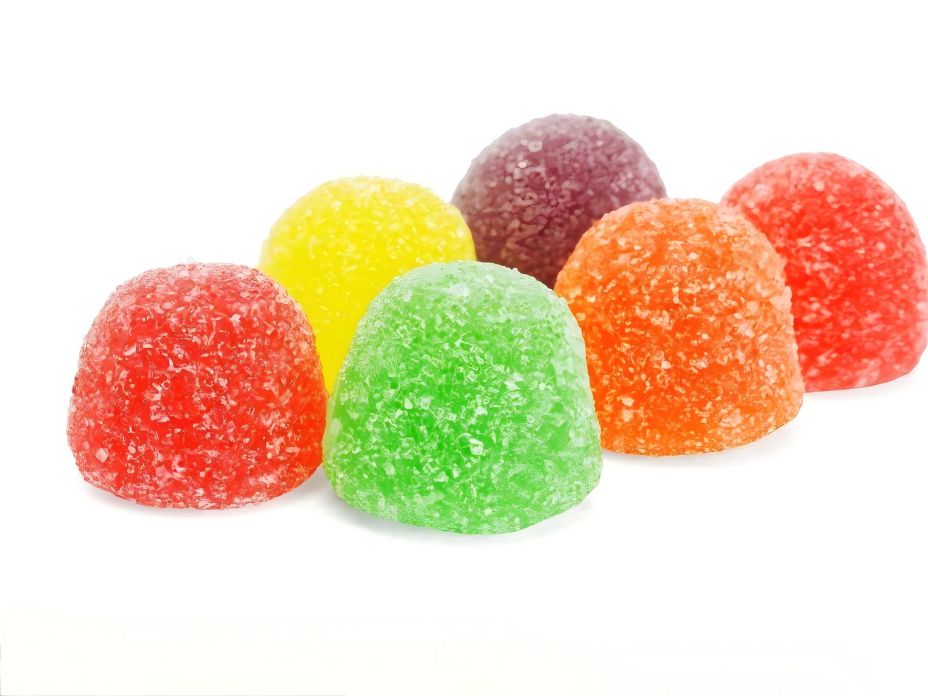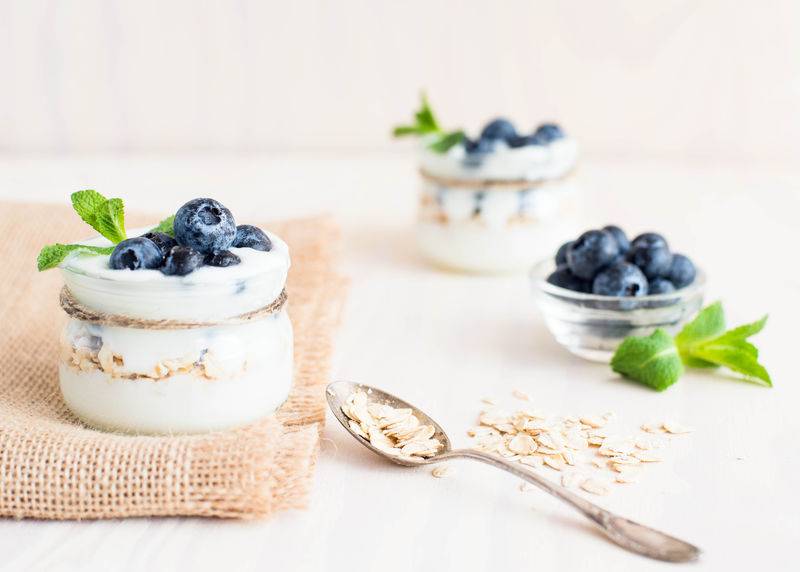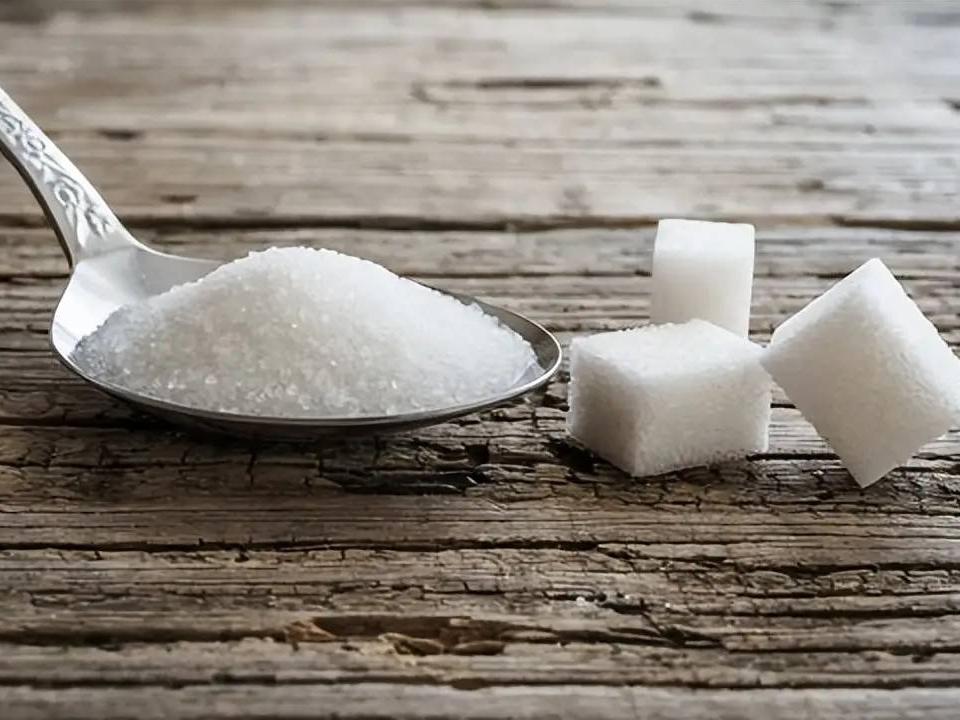Xylitol What Is It?
When it comes to chewing gum, few people are unaware of it. In the 1940s, chewing gum was introduced to China from the West. Since the beginning of the 21st century, chewing gum and xylitol have become “Siamese twins”, with xylitol becoming more famous than chewing gum. All the chewing gum in supermarkets has become the “xylitol version”. Although many people are still not sure what xylitol is, they have gradually become accustomed to picking up a box of xylitol chewing gum in the supermarket. Xylitol seems to have become a “cure-all” that can clean the mouth, prevent tooth decay and even lose weight.
Xylitol is a natural sweetener derived from birch trees, oak trees, corn cobs, bagasse and other plant materials. It is native to Finland. In nature, xylitol is widely distributed and is found in various fruits, vegetables and cereals, although in very small quantities. Commercial xylitol is produced by further processing agricultural crops such as corn cobs and bagasse. It is a natural and healthy sweetener.
Xylitol is not a foreign substance for the human body, as it is an intermediate in the body's normal sugar metabolism. Even if a healthy adult does not eat any food containing xylitol, 0.03–0.06 mg/100 mg of xylitol is still circulating in the bloodstream.
In terms of food grade, xylitol can be broadly or narrowly defined: broadly as a carbohydrate, narrowly as a polyol. Xylitol can only be absorbed slowly or partially utilized, and has the characteristic of being low in calories. It can be used as a good food additive for patients with diabetes, obesity, childhood tooth decay, elderly calcium deficiency, and cardiovascular disease. Xylitol has therefore been widely used in food production since the 1960s. In some countries, xylitol is a popular sweetener for diabetics. In the United States, xylitol can be added to food as a food additive without restriction on the amount. Sugar-free foods made with xylitol and other ingredients are becoming increasingly popular with consumers.
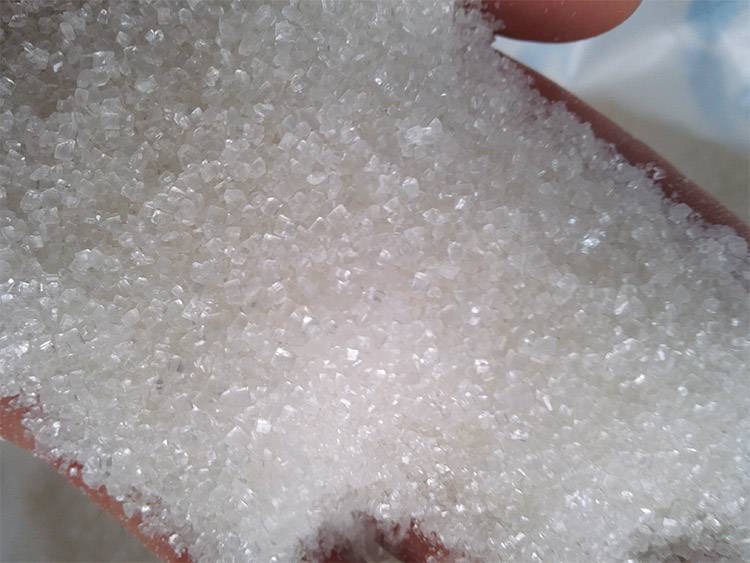
Xylitol has been used to make many other foods besides chewing gum. If you go into a “sugar-free food store”, you will find a wide range of products, not only snacks, but also staples such as rice and flour. It seems that adding xylitol to food has become a trend. Why does xylitol enjoy such a high reputation? Is xylitol really that amazing? Is xylitol really as good as people think it is? Let's get to know the real xylitol and restore it to its original appearance.
1 Chemical properties of xylitol
1.1 English name
The English name for xylitol is xylitol.
1.2 Chemical name
The chemical name for xylitol is 1,2,3,4,5-pentahydroxypentane. 1.3 Molecular formula
The molecular formula for xylitol is C5H1205.
1.4 Chemical structure
The following is the chemical structure of xylitol.
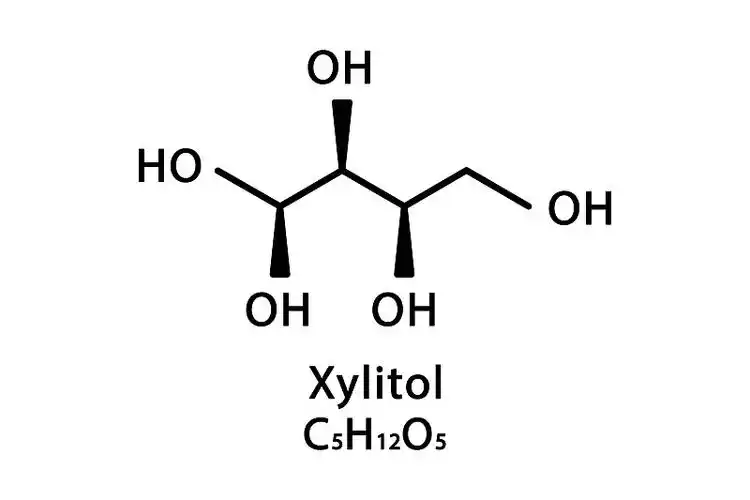
1.5 Relative molecular weight
The relative molecular weight of xylitol is 152.15.
1.6 Properties
White crystals or crystalline powder with a sweet taste. It looks similar to sucrose and has a sweetness comparable to sucrose at room temperature, and 1.2 times that of sucrose at low temperatures. Xylitol is the sweetest sweetener among polyols. It is slightly soluble in ethanol and methanol, with a melting point of 92–96°C, a boiling point of 216°C, and a heat value of 16.72 kJ/g (the same as sucrose). Its low calorie content is a major characteristic: 2.4 calories per gram, 40% less than other carbohydrates. It is highly soluble in water (about 160g/100mL), and absorbs a certain amount of heat when dissolving. The pH of a 10% aqueous solution is 5.0–7.0.
2 Characteristics of xylitol
Xylitol has the following four characteristics as a sugar substitute:
2.1 Xylitol has a cooling effect
Xylitol produces a natural cooling sensation when placed in the mouth, which is due to the fact that the heat of dissolution of xylitol is almost 10 times greater than that of sucrose. When xylitol dissolves, it absorbs a large amount of heat, which lowers the temperature of the medium. Therefore, foods with added xylitol crystals will feel cooling when eaten. The cooling sensation of xylitol can enhance the flavor of foods such as mint and spearmint.
2.2 Xylitol does not undergo the Maillard browning reaction when heated
Xylitol does not undergo the Maillard browning reaction with amino acids and does not darken the color of foods. Xylitol is relatively stable during the heating process of foods, which is important for certain foods that must maintain a light color.
2.3 Xylitol has good hygroscopicity
Xylitol absorbs moisture at different rates depending on the relative humidity. Due to its hygroscopic properties, xylitol is not suitable for use in crispy and dry foods. If used in softer snacks, xylitol can keep the food softer for longer than sucrose.
2.4 Xylitol is not fermentable
Xylitol is not fermentable and is a poor medium for microorganisms, which can extend the shelf life of foods.
3 Functions of xylitol
Xylitol is the most physiologically active of all edible sugar alcohols. It has superior properties to other alcohols such as sorbitol, maltitol and mannitol in preventing tooth decay and not increasing blood glucose levels.
3.1 Xylitol can be used as a sugar substitute for diabetics
Xylitol is a functional sweetener that can participate in the body's sugar metabolism and is an intermediate in the body's sugar metabolism. In the glycolytic pathway, it is produced via the pentose phosphate pathway to form 6-phosphoglucose or directly enters the phosphoenolpyruvate to obtain energy through oxidative metabolism, so it is basically not affected by insulin. In the absence of insulin in the body, xylitol can pass through cell membranes and be absorbed and utilized by tissues without the need for insulin to promote it. It supplies nutrients and energy to cells and does not cause blood glucose levels to rise. It can eliminate the “three excesses” symptoms (excessive eating, excessive drinking, and excessive urination) in diabetic patients after taking it. The taste is not inferior to sucrose at all, and it is the most suitable nutritious sugar substitute for diabetic patients. Clinical trials have shown that after long-term use, the “three excesses” symptoms of patients are alleviated, and the thirst and hunger pangs basically disappear, and the amount of glucose in the urine decreases, effectively controlling the occurrence of diabetic complications. In addition, xylitol also has the function of slightly lowering blood glucose levels, so it is also regarded as an adjuvant treatment for diabetics.
3.2 Xylitol prevents tooth decay
Xylitol is not fermented by bacteria in the mouth, which helps to maintain the oral pH and prevent tooth decay. Streptococcus mutans is the main cause of tooth decay and grows in dental plaque. This bacterium ferments the sugars in food to produce lactic acid, which corrodes tooth enamel and forms cavities. Studies have found that Streptococcus bacteria cannot use xylitol. After absorbing xylitol, their growth is inhibited due to metabolic blockage, and their numbers and vitality are reduced, thereby greatly reducing tartar, tooth decay and cavities. Regular use of xylitol can inhibit the growth of Streptococcus and Streptococcus mutans. Especially when it is made into chewing gum, the fresh, sweet taste of xylitol stimulates saliva secretion when people chew, replenishing the phosphorus and calcium in saliva, reducing the pH drop, reducing acid erosion of the teeth, preventing tooth decay and plaque, promoting the natural repair of teeth and strengthening teeth. Xylitol can reduce the risk of tooth decay in both high-risk groups (high tooth decay rate, poor nutrition, poor oral hygiene) and low-risk groups (using all current dental protection measures to protect teeth, low tooth decay rate). A four-year follow-up study conducted by the University of Turku in Finland showed that the caries rate of children in the xylitol group was 70% lower than that of children in the no-chewing-gum group, and 65% lower than that of children in the sorbitol group. Chewing gum and sweets with xylitol as the main sweetener have been officially recognized by six national dental health associations.
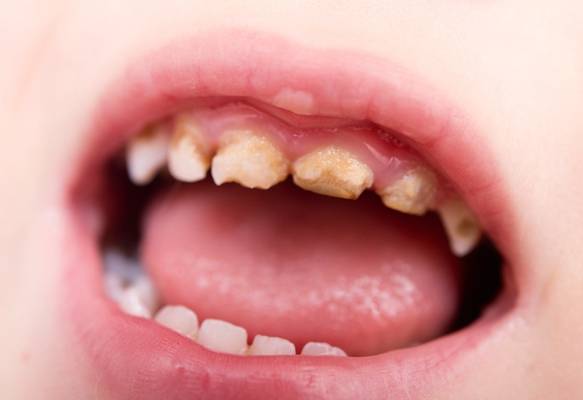
3.3 Xylitol improves liver function
Xylitol can slow down the production of fatty acids in the blood plasma without causing a rise in blood sugar. After being absorbed by the body, the levels of lactic acid, pyruvic acid and glucose in the blood decrease, while insulin levels rise. At the same time, glycogen in the liver increases and transaminase levels decrease. It has a significant therapeutic effect on patients with chronic hepatitis B and liver cirrhosis. It is a liver-protecting drug for hepatitis patients. For patients with complications of diabetes and hepatitis, xylitol is an ideal drug.
3.4 Xylitol can resist ketone bodies
When the body's sugar metabolism is abnormal, fat cannot be completely oxidized, and the accumulation of ketone bodies in the blood can cause acidosis and central nervous system poisoning, even coma and death. It has been reported that xylitol has a significant effect in eliminating ketone bodies.
3.5 Xylitol can help you lose weight
Xylitol provides energy for the body, synthesizes glycogen, reduces the consumption of fat and protein in liver tissue, protects and repairs the liver, and eliminates harmful ketone bodies in the body. People do not have to worry about gaining weight from consuming xylitol. Due to its low calorie content, xylitol can be widely used in food, medicine, light industry and other fields.
4 Side effects of xylitol
Given all these advantages, xylitol is set to replace sucrose as the number one sweetener. However, recent reports of diarrhoea and gastrointestinal discomfort caused by xylitol consumption have put a damper on the craze. People are beginning to think more carefully – xylitol is not perfect after all.
4.1 Excessive consumption of xylitol can cause diarrhea
Many people think that xylitol is low in calories, so they don't restrict themselves when eating xylitol-containing foods. However, in fact, excessive consumption of xylitol can also lead to weight gain. Physically and chemically, xylitol is cool in nature. It is not easily broken down by gastric enzymes and often enters the intestines directly. Excessive consumption can have a certain stimulating effect on the intestines and stomach, and may cause bloating and bowel sounds. Since the absorption rate of xylitol in the intestines is less than 20%, it is easily accumulated in the intestinal wall, which can easily cause osmotic diarrhea.
4.2 Excessive consumption of xylitol can lead to elevated blood lipids
Xylitol and glucose are both carbohydrates composed of carbon, hydrogen, and oxygen. Xylitol may not require insulin at the beginning of metabolism, but it does require insulin to promote it during the later stages of metabolism. Therefore, xylitol cannot replace glucose to correct metabolic disorders, nor can it lower blood sugar or urinary sugar, nor can it improve clinical symptoms. Clinical practice has shown that xylitol cannot treat diabetes, and excessive consumption of xylitol can lead to elevated blood triglycerides and cause coronary atherosclerosis. Therefore, people with diabetes should not eat too much xylitol.
Since excessive consumption of xylitol can affect people's health, what is the safe intake? There is a different safe intake of xylitol for different people. From the results of scientific research, the average daily intake of xylitol does not exceed 90g, or the average intake of xylitol does not exceed 50g per time. If you only eat chewing gum, the intake should be far below this standard, but if you replace normal sucrose with xylitol and eat a lot of xylitol-containing foods, you need to pay attention to the amount. In European and American countries, food products containing xylitol will indicate on the label a consumer reminder such as “excessive intake may cause diarrhea”. In particular, people suffering from insulin-induced hypoglycemia should be warned that xylitol is strictly forbidden.
5 Xylitol application scope
Xylitol does not require insulin for metabolism in the body, does not raise blood sugar levels, and can eliminate the “three excesses” symptoms in diabetics. Therefore, it is a safe sweetener, nutritional supplement and adjuvant treatment for diabetics. Xylitol does not cause tooth decay and can be used as a sweetener in chewing gum, chocolate, hard candy and other foods. Due to its unique properties, xylitol can be used as a sweetener in low-sugar foods when mixed with other sugars and alcohols. Xylitol has a cooling effect, which is enhanced when it is frozen. It can be used in the food industry in cold drinks, desserts, milk, coffee, etc., as well as in the pharmaceutical industry in throat lozenges and cough syrups. Xylitol can be used as a substitute for sucrose to prevent diabetes and obesity caused by excessive consumption of sucrose. Xylitol is a polyhydric alcohol that can be used as a humectant in cosmetics such as facial cleansers, beauty creams and lotions, and has no irritating effect on human skin. Xylitol has hygroscopic properties and anti-caries function. Liquid xylitol has a good sweet taste and can be used instead of glycerin in the production of tobacco, anti-caries toothpaste, flavored mouthwash, anti-freeze moisturizer, etc.
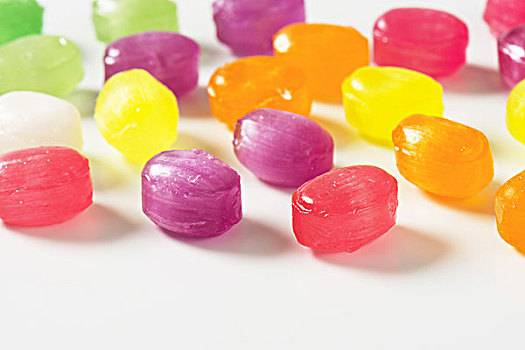
Liquid xylitol can also be used in the manufacture of battery plates, with stable performance, easy operation and low cost.
6 Conclusion
Overall, with the development of the economy and improvement of living standards, people's food consumption concepts have changed greatly, with increasing attention paid to the impact of diet on health. The consumption trend is gradually shifting from foods with excellent color, aroma and taste to healthy foods with reasonable nutritional value and health functions. Xylitol has become a consumer hotspot and development focus in today's food market, especially functional foods made by replacing sucrose with xylitol. With their high safety, good taste, high stability, and good water solubility, they are becoming increasingly popular with consumers. Of course, under the premise of active research and development, people should also adopt a calm and prudent attitude and view the benefits and harms of xylitol scientifically and objectively. In order to consume xylitol healthily, reasonably and safely, it is recommended that businesses and food companies, in a responsible manner towards consumers, label the ingredients, functions, recommended usage amounts and possible adverse effects on the human body after consumption on the outer packaging.
References:
[1] Tan Yulong. Restoring the true xylitol [J]. Encyclopedia Knowledge, 2009, (5): 23-24.
[2] You Xin, Li Mingjie. Production technology and application of xylose and xylitol [M]. Beijing: China Light Industry Press, 2006: 14-15.
[3] You Xin. Function and food application of xylitol [J]. Fine and Specialty Chemicals, 2009, (16): 13-15.
[4] Zhang Fengqing, Zhang Lijun, Zhou Changmin. Properties and applications of xylitol [J]. Contemporary Chemical Industry, 2008, 37(1): 92-95.
[5] Li Xiangmei, Ma Shaohuai. Physiological functions of xylitol and trial production of xylitol-containing foods [J]. Food Industry Science and Technology, 2003, 24(7): 51-53.


 English
English French
French Spanish
Spanish Russian
Russian Korean
Korean Japanese
Japanese
